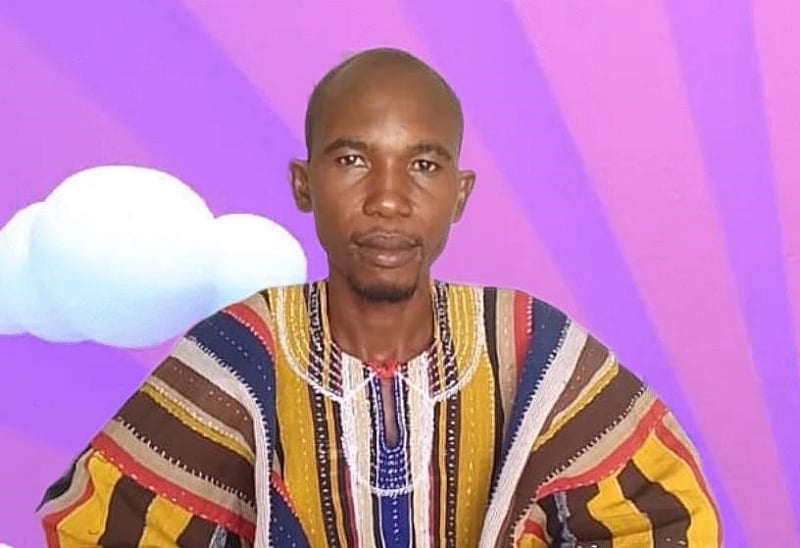The Vagla Chiefs Council (Koro Tindana/VASCAN), representing the traditional leadership of the Vagla people, extends their heartfelt congratulations to the newly installed Sawla Heuhin, Jimah Kipo II. Following the established customs and traditions of the Vagla people, a period of sacred confinement and prayerful libations preceded the public announcement of his selection. This meticulous process, overseen by the Heuhina Council of Elders (the Kingmakers), culminated in the official declaration on May 15th, 2025. The selection of Jimah Kipo II followed the final funeral rites of his predecessor, the late Sawla Heuhin Kipo Ampara II, ensuring a respectful transition of leadership. The Koro Tindana Council commends the Kingmakers for their diligent adherence to tradition and their role in discerning the individual deemed most suitable by the ancestors and gods. This community-level selection process, initiated at the Sal (Gate), epitomizes the time-honored practices central to the Vagla Chieftaincy System.
The ascension of a relatively young Heuhin, Jimah Kipo II, is viewed with optimism by the Vagla Chiefs Council. They anticipate that his youthful presence will inspire greater involvement from Vagla youth in their cultural heritage and potentially encourage their aspirations towards traditional leadership roles within the wider Vagla community, encompassing the Vagla, Safalba, Choruba, and Nomee areas. The Council extends their gratitude to the traditional leaders of Sawla for upholding the rich customs of the Vagla people. They also acknowledge the New Chief Priest of Sawla by his skin name, Jimah Kipo II, recognizing his direct inheritance of the mantle from his late father, Heuhin Kipo (Kipo Aamu of Sindaa Sal), and the lineage of ancestors who previously held this esteemed position. Though his father’s reign was brief and held a caretaker status, Jimah Kipo II is expected to fulfill the ancestral role in its entirety, receiving the blessings of his forebears for accepting this weighty responsibility.
The history of Sawla, as documented in Vagla records, reveals its relatively recent establishment compared to other Vagla settlements. Founded shortly before the Samori War of 1895-1897, Sawla’s early leadership consisted of figures like Sawla Koro Jara Wiizi-Apar, Sawla Koro Jara Santigi, and Sawla Koro Jara Kubemigge. A particularly prominent leader, Sawla Koro Jara Salia, reigned for an extended period following the Samori War, succeeded by Sawla Koro Telly and the current incumbent, Jara Daani Salia II, all hailing from the Hanbol section of Sawla, representing the Hanbala dynasty. The lineage of Sawla Heuhina, the Chief Priests, traces back to the first known incumbent, Sawla Heuhin Nyaminakoto, a royal Chief Priest from the Sindaa Sal. This priestly lineage within the Sindaa Sal has continued to the present day, with the title of Siayo being bestowed upon each Sawla Heuhin. Notable past Heuhina include figures such as Sawla Heuhin Apar, Ampara, Kwaja (whose reign was short), Jimah Sindaa “Kolo”, Kipo Aamu (caretaker), Sam Sunyazi (caretaker), Kipo Ampara II (the immediate predecessor), culminating in the current Heuhin, Jimah Kipo II.
The Vagla Chiefs Council offers their blessings and best wishes to the newly installed Sawla Heuhin, Jimah Kipo II, praying for a prosperous and impactful reign that benefits the entire Sawla community. They urge him to maintain his focus, carry the responsibilities of leadership with grace, and diligently observe the Vagla customs and traditions pertaining to the performance of his sacred duties. The Council, including the Koro, Tindana, Heuhiina, and Tingbasoba Numa, collectively express their joyful greetings, “Jan Janmu!”, to Siayo Jimah Kipo II. They call upon the people of Sawla, especially the youth, to offer their unwavering support to their new leader. The Vagla Youth Association (VAYA) is specifically encouraged to extend their customary care and guidance to the Heuhin, mirroring their established practice of supporting Vagla Chiefs throughout their communities.
Sawla, presently the district capital of the Sawla-Tuna-Kalba District in the Savannah Region of Ghana, shares borders with the Wa West District to the north, the Bole Municipality to the south, and the West Gonja Municipality to the east, situated in close proximity to Cote d’Ivoire. Vagla oral history places the original settlement around the Dabori-Jang area in the 14th century before migrating to its current location. The town is governed by three traditional leaders: the Sawla Koro (Jara) of Hanbol, the Sawla Heuhin (Siayo) of Sindaa Sal, and the Sawla Gbandi of Luri Sal. These leaders, each serving independent yet complementary roles, are also the custodians of Sawla’s lands, holding them in trust for their respective Sals.
The selection of a new leader, whether Sawla Koro, Sawla Heuhin, or Sawla Gbandi, follows a rigorous and time-honored traditional process. This ensures the continuity of leadership and the preservation of Vagla customs. The Vagla Chiefs Council closes with expressions of enduring support and well wishes: Long live the Vagla Chiefs of the Savannah Region! Long live the Vagla youth! And long live the newly installed Sawla Heuhin Siayo, Jimah Kipo II! The information presented is based on a combination of archival records, oral history, and published ethnographic studies, reflecting a commitment to preserving and understanding the rich cultural heritage of the Vagla people. This meticulously documented history reinforces the importance of tradition and the continuity of leadership within the Vagla community. The meticulous preservation of oral traditions, combined with archival research, paints a vibrant picture of Vagla history and the significance of this recent leadership transition.


